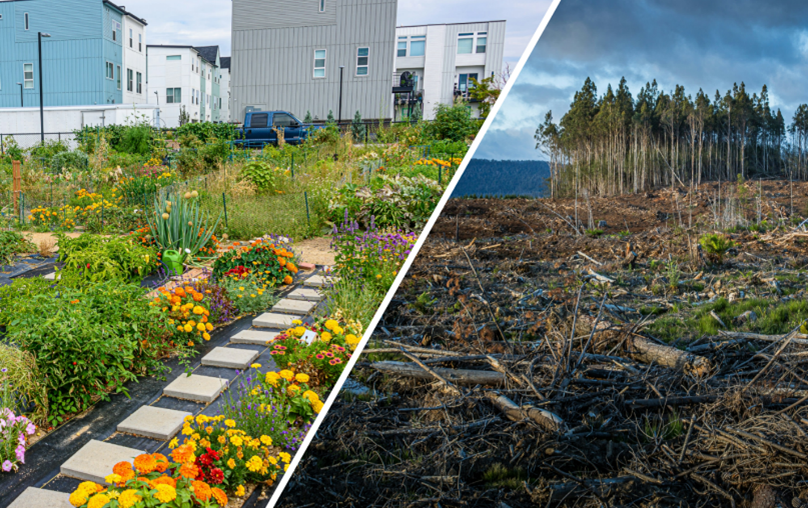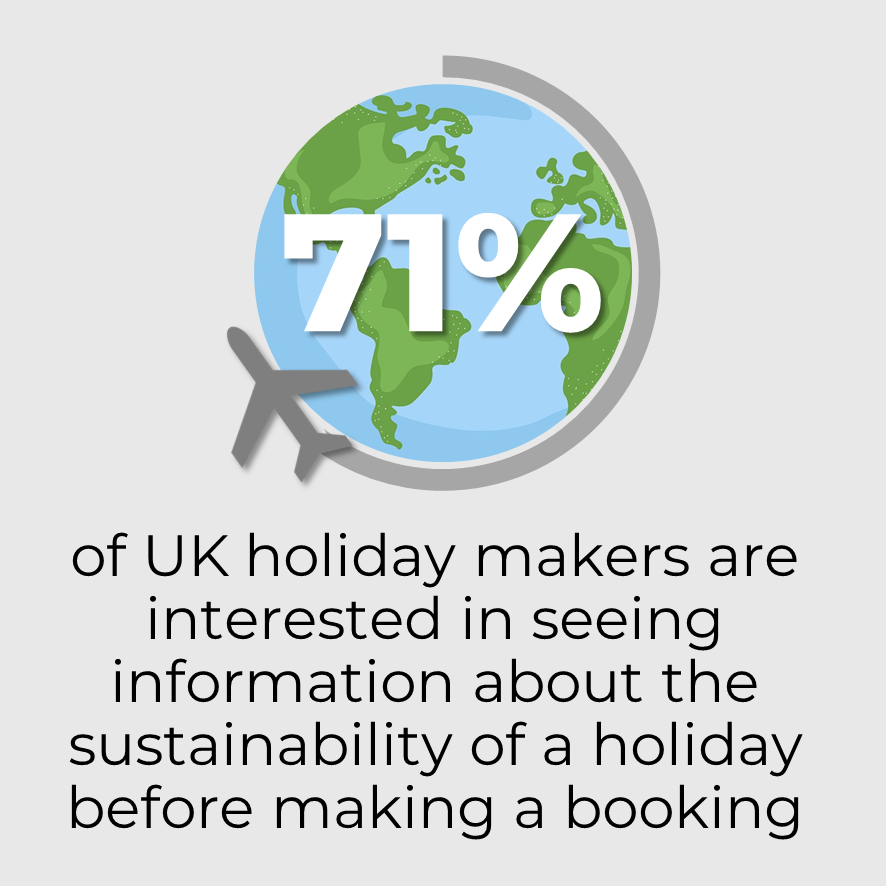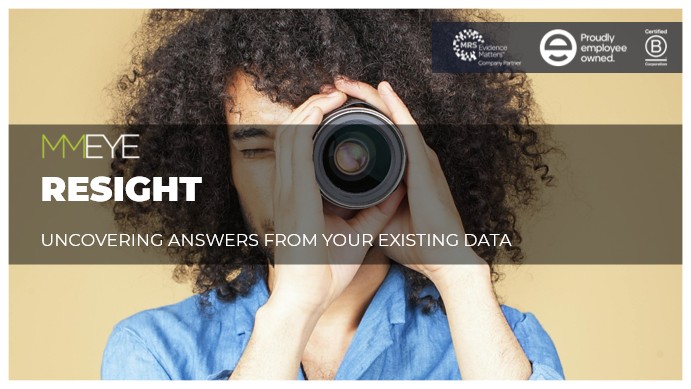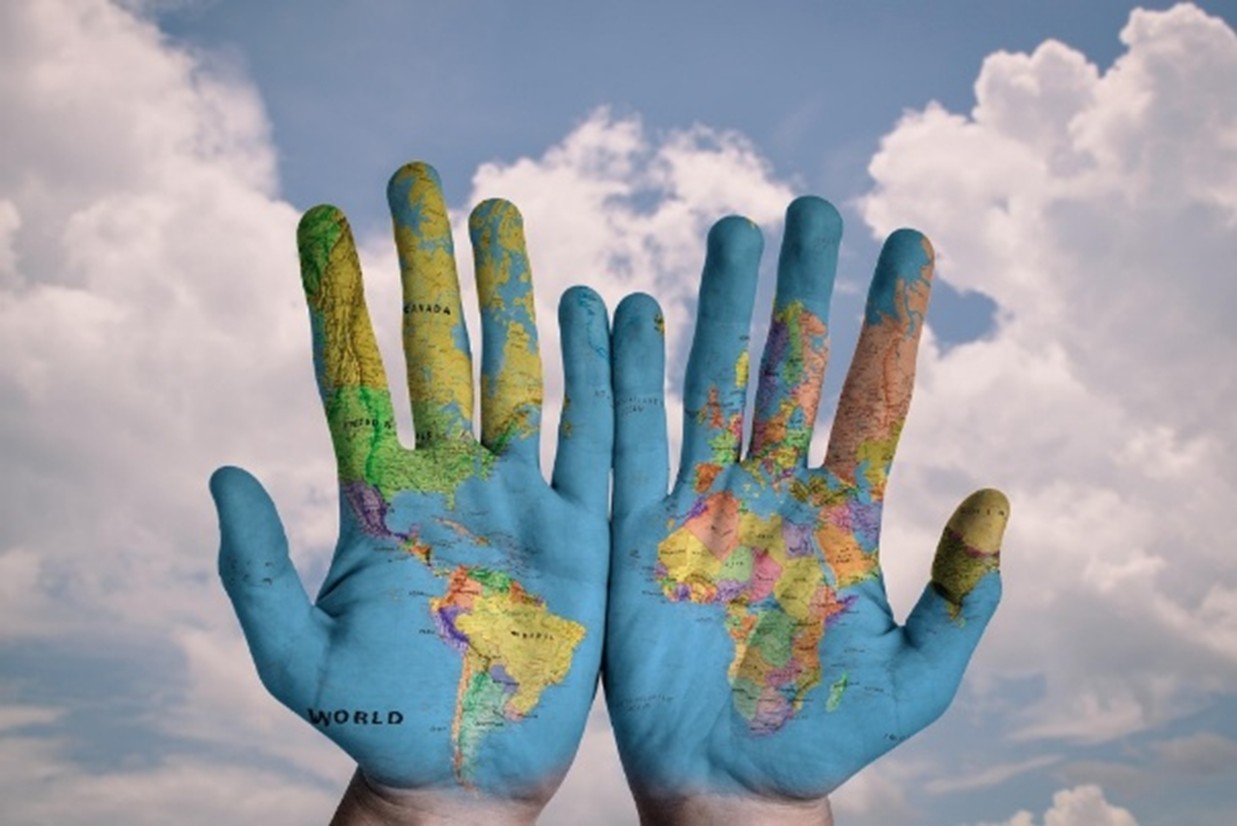The Rise of Purpose Driven Brands
September 2025, By Lucie Emery
In today’s hyper-connected world, people are no longer just buying products; they’re buying into values. Whether it’s a skincare brand pushing for inclusivity or a coffee company fighting climate change, the most compelling brands today lead with purpose. And it’s paying off. Purpose-driven businesses are growing faster than their traditional counterparts as people increasingly seek out brands that align with their values and stand for something meaningful.
This shift underscores the critical role of insights and research as an essential guide for brands to connect meaningfully with their audiences. By leveraging insights, brands can ensure their purpose resonates authentically, fostering trust and long-term loyalty.
Understanding Purpose-Driven Brands
A purpose-driven brand is a company built around a clear mission that goes beyond selling products or delivering services. These brands are defined by the why behind what they do. Their purpose might focus on social justice, sustainability, wellbeing, or ethical business. What unites them is a willingness to take a stand and to follow it up with real action.
A great example of a purpose-driven brand is Allbirds, a retail brand built on sustainability from day one. The company designs its footwear using natural and renewable materials and publishes the carbon footprint of each product. Their commitment to becoming a fully carbon-neutral business underscores how purpose and environmental responsibility can be embedded into every stage of the supply chain.
Ultimately, what defines a purpose-driven brand isn’t the cause; it’s the authenticity, consistency, and depth of its commitment. It’s not about chasing trends, but about aligning every aspect of the business with a belief in something bigger.
Why Are Purpose-Driven Brands So Successful?
Research shows the success of purpose-driven brands stems from a shift in consumer expectations. Millennials and Gen Z, now the dominant consumer groups, want more than a good product. They want to know that their money supports something meaningful. The 2025 Global Consumer Engagement Report by WARC found that 78% of consumers feel a deeper connection to brands that communicate their mission and values authentically.
Purpose also acts as a powerful differentiator. In a world where products and services can be easily copied, a brand’s values and mission are harder to replicate. This emotional connection drives deeper engagement, stronger loyalty, and word-of-mouth advocacy. In 2020, Unilever’s sustainable brands (which include Dove, Ben & Jerry’s, and others) grew 69% faster than its non-sustainable brands, demonstrating that authenticity in purpose-driven branding can drive both brand loyalty and financial success.
Case Study: Dove’s Real Beauty Campaign
Dove is a shining example of a brand that has successfully transformed its identity by aligning its mission with consumer values. Originally positioned as a functional skincare brand focused on moisturizing benefits, Dove’s early advertising reflected conventional beauty ideals and performance-led messaging. But in 2004, the brand made a bold pivot with the launch of its Campaign for Real Beauty, challenging narrow beauty standards and sparking a global conversation about body image, self-esteem, and representation.
The results speak for themselves. Dove’s sales jumped from $2.5 billion to $4 billion following the shift, proving that purpose isn’t just good ethics; it’s good business. Two decades later, Dove remains one of the most trusted and loved beauty brands globally, not because it sells soap, but because it has stayed true to its mission of redefining beauty and empowering women.
But here’s the catch: purpose only works when it’s authentic. Consumers today are savvy and sceptical. They can spot inauthenticity a mile away, and they won’t hesitate to call it out.
Purpose Without Insight: A Risk Brands Can’t Afford
We’ve seen the consequences of purpose without insight: campaigns that miss the mark, backlash over perceived hypocrisy, and damage to trust. In many cases, brands set out with good intentions but fail to do the necessary groundwork. The result? Messaging that feels out of touch, opportunistic, or insincere.
Just look at brands like Pepsi, whose 2017 protest-themed advert was accused of trivializing social justice movements, or H&M, which promoted sustainability while facing scrutiny over labour practices. Each tried to tap into purpose but misfired by failing to align messaging with authentic action.
This is where market research is essential: to reveal how people truly feel and surface the subtle but critical differences between what a brand wants to stand for and what its audience is ready to believe.
How We Can Help
The most successful purpose-led brands aren’t just bold; they’re informed. They listen deeply, act intentionally, and ensure their values align authentically with those of their audience. At MM-Eye, we work with brands to bring real clarity to what matters most:
- Understand what your audience truly values: You might think your customers care about sustainability, but is that really their top concern?
- Stay grounded in your brand’s identity: Research helps you stay connected to your brand’s core identity while adapting to what’s happening in the world.
- Find meaningful direction: The best insights don’t just tell you what people say; they help you understand how they feel. When you understand what drives your customers emotionally, you can build a brand that actually connects.
With tools like ThoughtScape™, we explore how consumers react in the moment, capturing unfiltered, top-of-mind responses. When brands take the time to ground their purpose in insight, they don’t just avoid missteps; they build lasting trust, loyalty, and impact.
Contact us today at info@mm-eye.com or use the form below to book a consultation.









